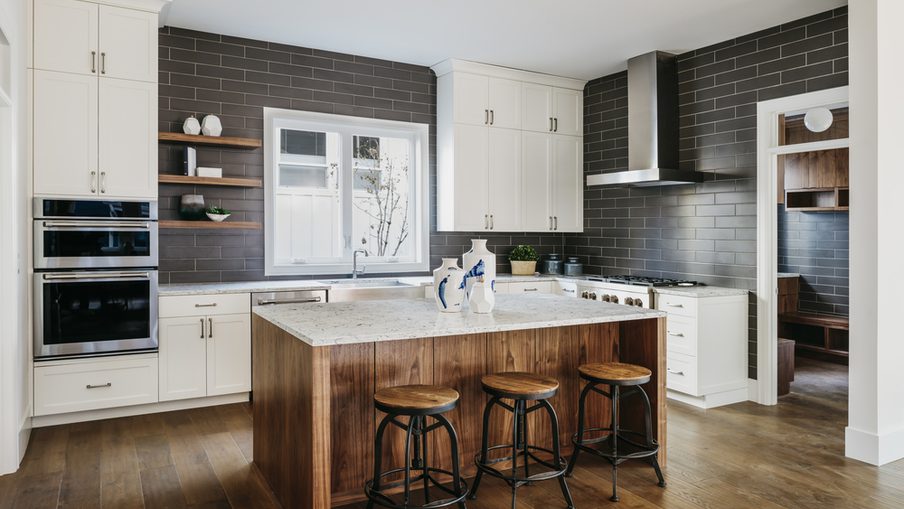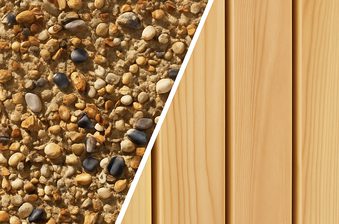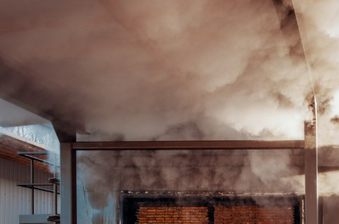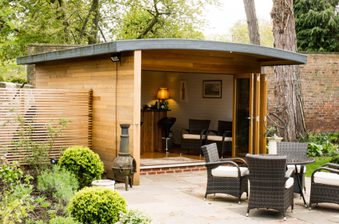Beautiful and alluring, these two timeless timbers have many similarities and differences. Let’s compare them — which is the best choice for your project?
Most people look at oak and walnut when they’re planning an interior project — flooring, doors and furniture.
As a leading UK timber merchant, we know all about them. From aesthetics to properties to costs, what separates these two timber beauties? Which is the best for my project?
Oak vs. Walnut: Colour, grain and appearance
There are some drastic aesthetic differences between oak and walnut.
Oak is celebrated for its dynamic, versatile golden to medium-brown colour and natural grain, suiting itself to many projects and architectural visions — European Oak is one such specie. Other species of oak, such as American White Oak, have a light-to-tan brown colour with a straight grain.
Walnut, on the other hand, can have a characteristically sleek cream-to-chocolate brown colour — often with an alluring tinge of purple. Sometimes with dark streaks, grain patterns can vary from extremely figured to very plain. Because it’s very difficult to mimic artificially, walnut is very popular for premium, design-led interiors.
A specie like American Black Walnut is a sure-fire way to make a statement.


Oak vs. Walnut: Strength, physical properties & uses
Both oak and walnut are hardwoods that possess incredible hardness and resistance to knocks and scrapes. This is as a result of the slow growth rate of the trees that these timbers come from — a longer growth period usually correlates to higher physical density.
American Black Walnut has a dry density of 610kg/m³ compared to European Oak’s 675kg/m3 and American White Oak’s 755kg/m³. For comparison, Western Red Cedar, a very commercially popular softwood specie, has a dry density of 370kg/m³.
This makes both walnut and oak very popular for high-impact interior spaces. Walnut is predominantly used for luxury furniture and cabinetry, flooring (both engineered and solid wood), doors, panelling, small items and as a veneer.
Oak has similar interior uses — cabinetry, furniture and doors, conveying a brighter feel. But it’s also very popular for external use: cladding, decking and fencing. It’s also a go-to wood for outdoor structures like oak-framed pergolas, garages and porches.
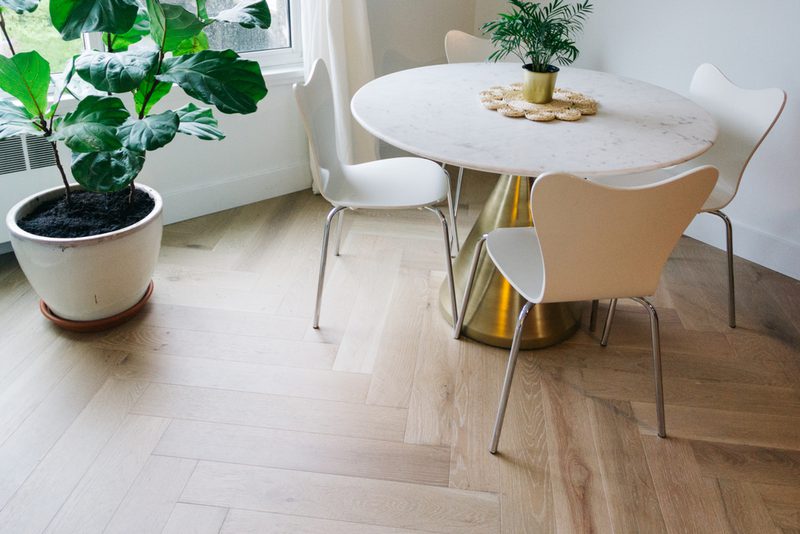

This is because oak species contain plenty of resins which makes them naturally durable outside. These provide the wood with protection from external destructive forces like rainfall, insect and fungal damage.
Walnut can perform well outdoors too, but it’s often seen as too pricey, and outdoor elements can cause the timber to lose its darker allure fairly quickly.
Oak common uses include:
- Doors
- Flooring
- Interior furniture
- Cladding
- Fencing
- Decking
- Timber-framed outdoor structures
Walnut common uses include:
- Doors
- Flooring
- Luxury interior furniture
- Cabinetry
- As a veneer
- Panelling
- Small items
Oak vs. Walnut: Costs & budgets
As ever, costs are specific to the project being undertaken. As a rule, however, walnut comes in at a higher price point than oak, reflecting its relative rarity.
Take our range of solid hardwood flooring, for example. American Black Walnut starts at £115.50 + VAT per square metre. Rustic European Oak, on the other hand, starts from £57 + VAT per m2, with Prime European Oak flooring from £69.50 + VAT per m2.
Rustic American White Oak comes in at an even more budget-friendly price point: £40.50 + VAT per m2, with Prime American White Oak from £60.50 + VAT.
For other types of product, including other species, prices are always available on application — so don’t hesitate to drop us a quick message if you’d like to learn more about costs!

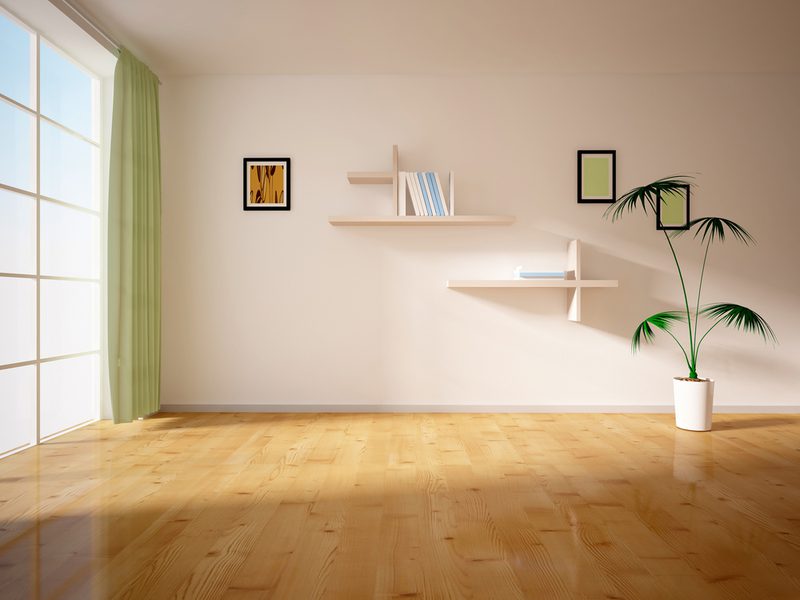
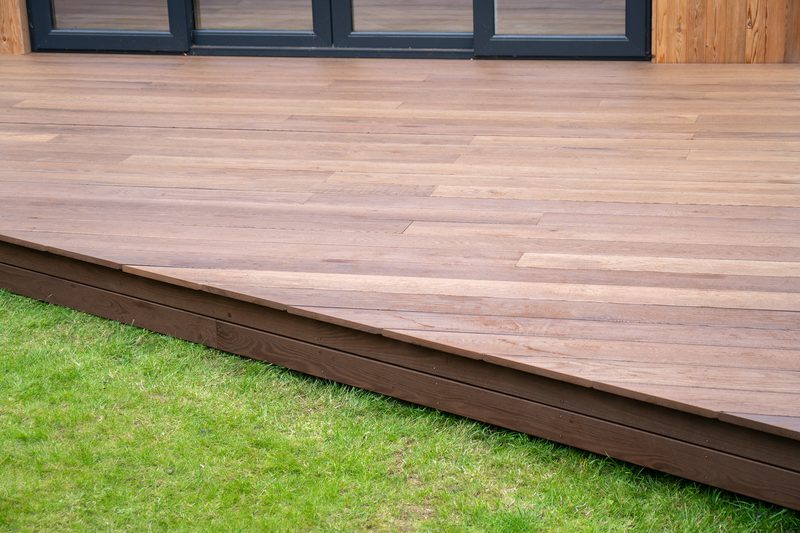
Oak vs. Walnut: Design considerations & conclusions
As hardwood timbers, walnut and oak both share some similarities in their strength and density, but they have marked differences in colour and grain which can provide a completely different complexion to an interior space.
When it comes to oak vs. walnut flooring or a desk, for example, the lighter colour of oak might find itself more at home in a Scandi-style interior.
On the other hand, the daring allure of walnut flooring, doors or furniture can work excellently in a sleek, sophisticated, characterful ‘darker’ theme — or possibly for a standout statement piece of furniture within a lighter setting.
Whilst oak and walnut can perform similar interior roles, oak is more versatile for external projects like cladding, fencing, decking, outdoor furniture and timber-framed structures. Many people find walnut’s to be prohibitive when it comes to these types of projects.
Let’s get started on your next oak or walnut project
At Duffield Timber, we’re a leading UK timber importer and merchant. Whether you’re a DIYer, tradesperson, architect or designer, we’re your people.
Sawn timber, decking, cladding, fencing — we stock a wide range of quality walnut and oak timber products, including sought-after species like American Black Walnut, European Oak and American White Oak.
If you’d like to enquire about your next project — or you’re looking to learn a little bit more about these two timbers — send a message to our expert team and we’ll be back in touch as soon as possible.
